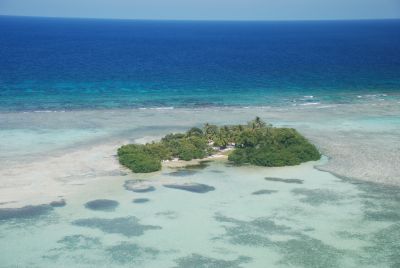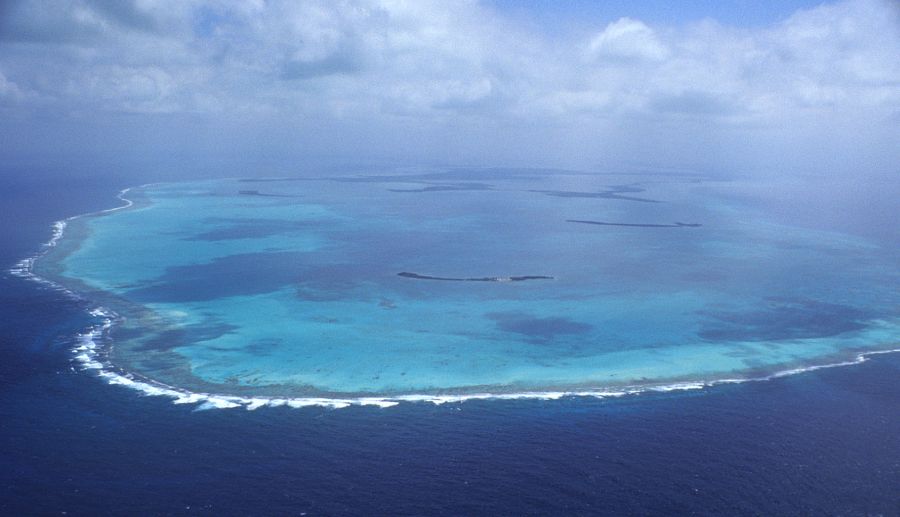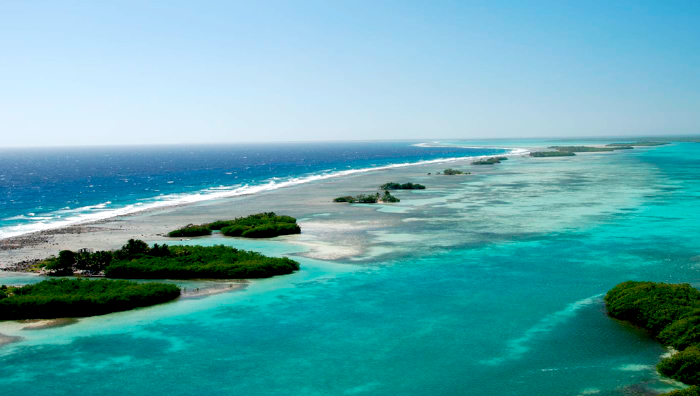Turneffe's history, dating to the late Classic Mayan period, is varied and interesting. Artifacts found on Calabash Caye and near Grand Bogue confirm that during the late Classic and the early Post-Classic periods of the Mayan civilization (perhaps 400 A.D), there were a number of Mayan fishing villages at Turneffe. Artifacts indicate that these fishermen traded with communities as far away as Guatemala.
Probably the first non-indigenous people to occupy Turneffe were Afro-Caribbean from Roatan, Honduras who fished along the coast and cut timber inland. The Spanish charted the Turneffe Atoll in 1625 and the British knew the area well by the mid 1700’s. In the 16th and 17th centuries, Turneffe was used by Spanish and English sailors as a trading post. The atoll is thought to have been a favorite hideout for pirates who specialized in ambushing Spanish ships filled with gold and other valuables. Some sources indicate that the infamous pirate, Blackbeard, frequented Turneffe.
Between the late 1880's and the early 1920's, a sponging industry flourished at Turneffe. Turneffe's Central Lagoon was divided into sections used by individuals for cultivation of sponges. Disease, however, brought an end to Turneffe's sponging industry.
During this same period, between the late 1880's and the early 1920's, coconut plantations flourished at Turneffe. The atoll produced whole nuts for export to the United States, and at peak production in 1914, Belize produced six million nuts per year. Although exports had dwindled by then, the fate of the coconut industry was sealed by the devastating Hurricane of 1961, Hurricane Hattie.
Hurricane Hattie passed directly over Turneffe Atoll causing catastrophic damage to the landscape and destroying all structures. Locals indicate that a number of people lost their lives at Turneffe in this storm; however, statistics are not available. A number of more recent hurricanes have also significantly effected Turneffe Atoll including Hurricane Mitch in 1998 and Hurricane Keith in 2000.
Since the Mayan era, Turneffe Atoll has been utilized as a subsistence fishery. Seasonal fishing camps were first established at Turneffe in the 1930's when lobster exports to the United States began. Spiny lobster now accounts for approximately 70% of fish exports from Belize and Turneffe Atoll is a major producer. Over the past decade catches have declined due to over fishing and a lack of adequate enforcement of fisheries laws.
There are currently 25 - 30 active fishing camps at Turneffe. Over the past ten to fifteen years, increasing numbers of sailboat fishers have utilized Turneffe Atoll as one of their fishing areas. These fishermen concentrate primarily on conch but also dive for spiny lobster.
The initial tourism establishment at Turneffe was built in the late 1950's by Vic Barothy, who left Cuba following the arrival of Fidel Castro. Vic established Turneffe Island Lodge which was one of the first remote bonefishing lodges in the World. Turneffe Flats was established in the early 1980's and is still owned by it's original owners. A third resort specializing in Scuba Diving, Blackbird Caye Resort, was established shortly after Turneffe Flats. Turneffe Atoll is known world wide and a premier Scuba Diving and Flats Fishing destination.


